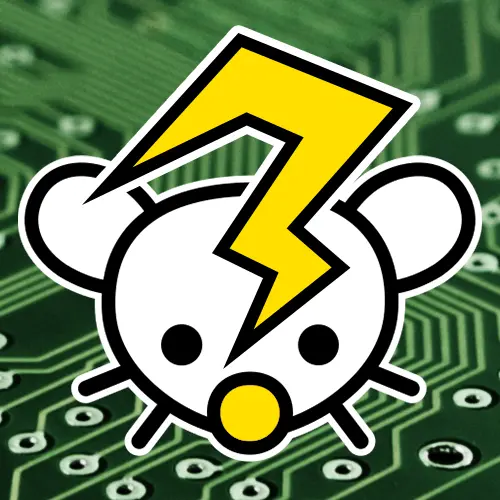I am curious if one, something like this exists, and two what the cost might be? I am looking for a screen, I assume an e-ink is the best/cheapest option and I want it to be as close as possible to the size of a playing card, ideally not thicker than 2MM. But I think up to 5mm could work.
Basically the idea is to use and or eventually create very thin cheap e-reader screens to make programmable playing card games. I have no idea if the screens are even that small, when I go to look for them I get results that are very far from what I am looking for.
Anyone know if what I want exists, and if not, if it would even be possible to manufacture for cheap?
Edit: I wonder how hard it would be to repurpose something like this?
The idea is that all the “cards” would be inserted into a carring case that acts as a dock to update the cards. Once you pick your game, all of the cards refresh to whatever game you picked. I would want to make the games open so anyone can design a game for people to play.


For an e-ink display to work you need 4 things.
You can separate the screen from the driver and have the e paper show the last image. The one thing I’d be worried about is how fragile the components are on the side of the rapper display itself as well as the ribbon cable.
Also, you mention 150+ cards. Think of the time it would take to change each one separately with a dock. Connecting the display to the driver is not hot pluggable you would likely need to power cycle the whole thing at every card. Plus the damage risk of constantly connecting the fragile connectors.
Thanks, I was aware of some of those obstacles. But this adds a little more detail, to the point where I don’t think it would be economical to repurpose this for this. It sounds like my idea may be possible with current off the shelf tags, but I think the dock would end up being way larger than I was initially imagining. It also seems like I am looking at like a minimum of $500 in parts for a prototype, even if I were somehow able to get the tags for $2 a piece.
You misunderstand the dock interface. The plan would be to insert the ribbon into something more durablee to bridge into the dock to be more like a cartridge. The dock will be expensive as I would plan for either all or most of the “cards” to be docked at once. It wouldn’t be a insert, wait, insert wait, instead it would be insert all the cards into their slots after play.
I also realized that the dock will need to be a little more complex then I originally thought as well. A lot of games have extensive burn and draw mechanisms leading to an extensive set of cards. What you could do is only have the amount of cards you would need in the base set for most of these games that are actually in play at any given time. The rest of the “cards” could be held in the “docks” memory, then “printed” when you draw a new card. It would add a little bit of time to the games, but you could dramatically cut the amount of physical “cards” or tags you need for many games.
You could potentially modify a game to work with those cards. Making cards able to change state or add extra states (that would usually be extra cards) to a single screen. I like your idea. Maybe the idea would not be a retro fitting but a ground up new mechanics for the mage?